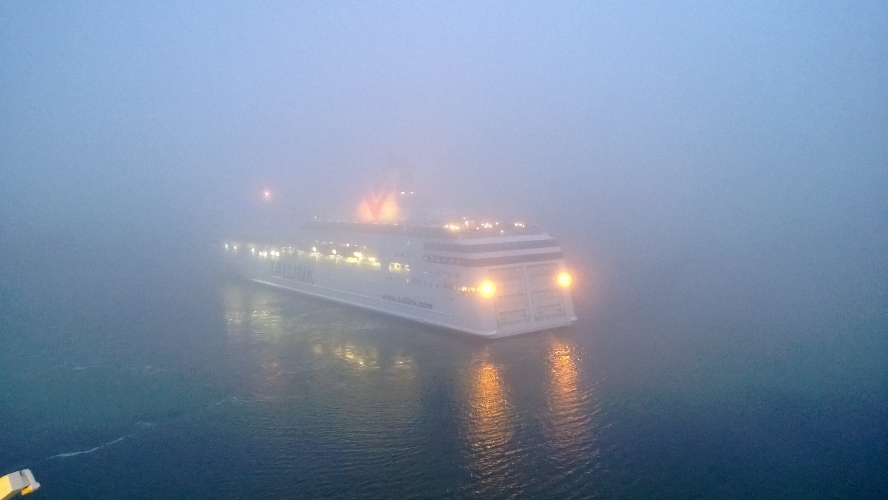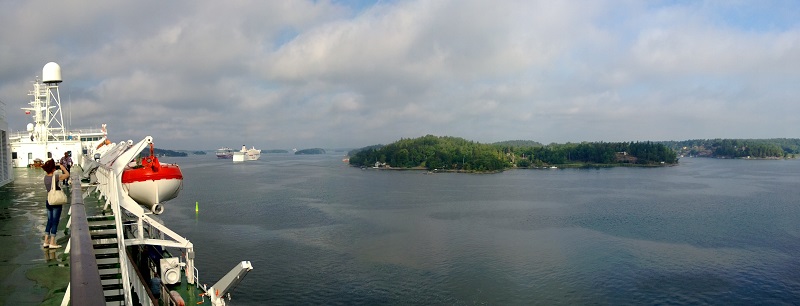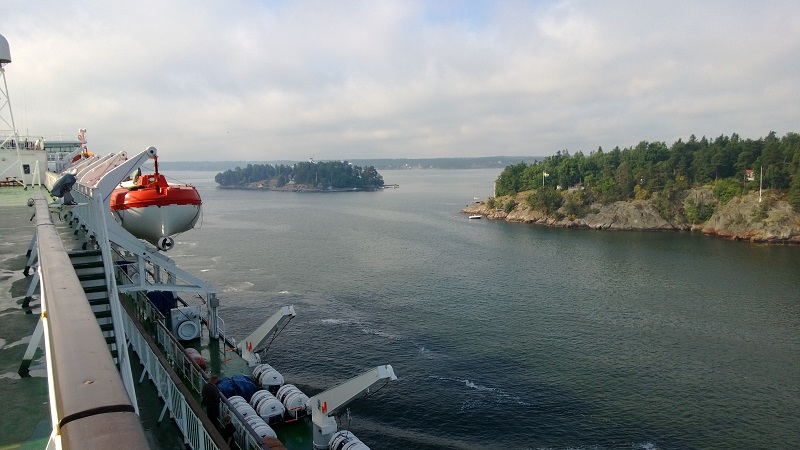Both of us grew up during the cold war, and the Soviet Union was the enemy with 10,000+ nuclear weapons and thousands of tanks stationed in East Germany. The Soviet Union was a strong powerful country.
Russia, which is 75% of the former Soviet Union, seems a much poorer country. Russia’s GDP per capita is about a third of Australia’s. Russia’s total GDP is about 15% to 33% bigger than Australia’s but for 143 million people versus Australia’s 21 million. I suspect it will not be more than 5 to 10 years before Australia’s GDP exceeds Russia.
We see so much inefficiency here. Unemployment is meant to be similar to Australia’s, around 6%, but there are so many people employed in meaningless jobs. We went to a supermarket today (not a very big one) with not one, but TWO security guards. Every supermarket has a security guard, and sometimes someone watching video surveillance full-time as well. We pass a shop selling kitchen goods in the mall up the road which has two shop assistants and the shop is the size of a large walk-in robe. Next door there is a jewellery shop with four shop assistants, and no customers most of the time. There are shopping areas about 750 metres away from us that are full of tiny little stores (3 metres by 2 metres) that sell hardware, fruit and veg and similar. There must be 50 stalls, and again almost never any customers. There is a market next door with a couple of dozen little stalls selling fruit and veg, all similar, and most of the time with no customers. There are supermarkets everywhere, there must be ten supermarkets of various sizes within 1 km of our apartment.
There are tiny little shops in many subway underpasses. Really tiny, 2 metres long by a metre deep, selling everything from shoes to taps. Shopkeepers eking out a living.
There are police on every metro station (usually at least 3) plus people monitoring video surveillance. At the train stations and other places there are many examples of security theatre. At Saint Petersburg station there were body metal detectors that people had to walk through. Of course the metal detector went off all the time, because ordinarily people are carrying metal all the time (coins and phones etc). The guards did nothing when the alarms went off, and to make it more ridiculous Saint Petersburg station had several entrances that you could go through without going through any detectors. We went through a metal detector at an entrance to a shopping centre yesterday, and as usual the metal detector beeped, but the guard did nothing.
At the main shopping area near us some workman have been replacing some paving with new paving. This has been going on since before we got here on Saturday. It is so pathetically slow. I am sure an Australian paving crew would have had it all done in 3 days, but this drags on so slowly, with lots of workers standing around and hardly anyone working.
It rained heavily yesterday (and the day before), a tropical-like downpour that lasted maybe 15 minutes. The roads flooded, but because there is almost no drainage, the water just sits in deep pools on the road, until it evaporates. Thefootpaths are bitumen, but so uneven and not built with a slope so the water drains, and the footpaths are covered with deep pools of water as well.
Russia just seems so third world in some respects. It seems to have more in common in our experience with Vietnam – a third world country – than a poor European country like Portugal. This is our experience in Moscow, the rich capital where people are so much wealthier. It’s going to be interesting in the poor parts of Russia.

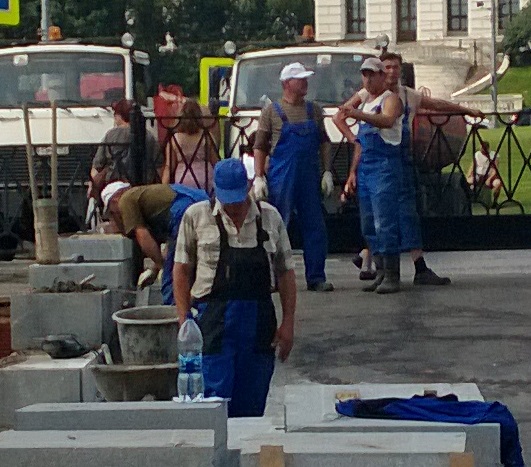

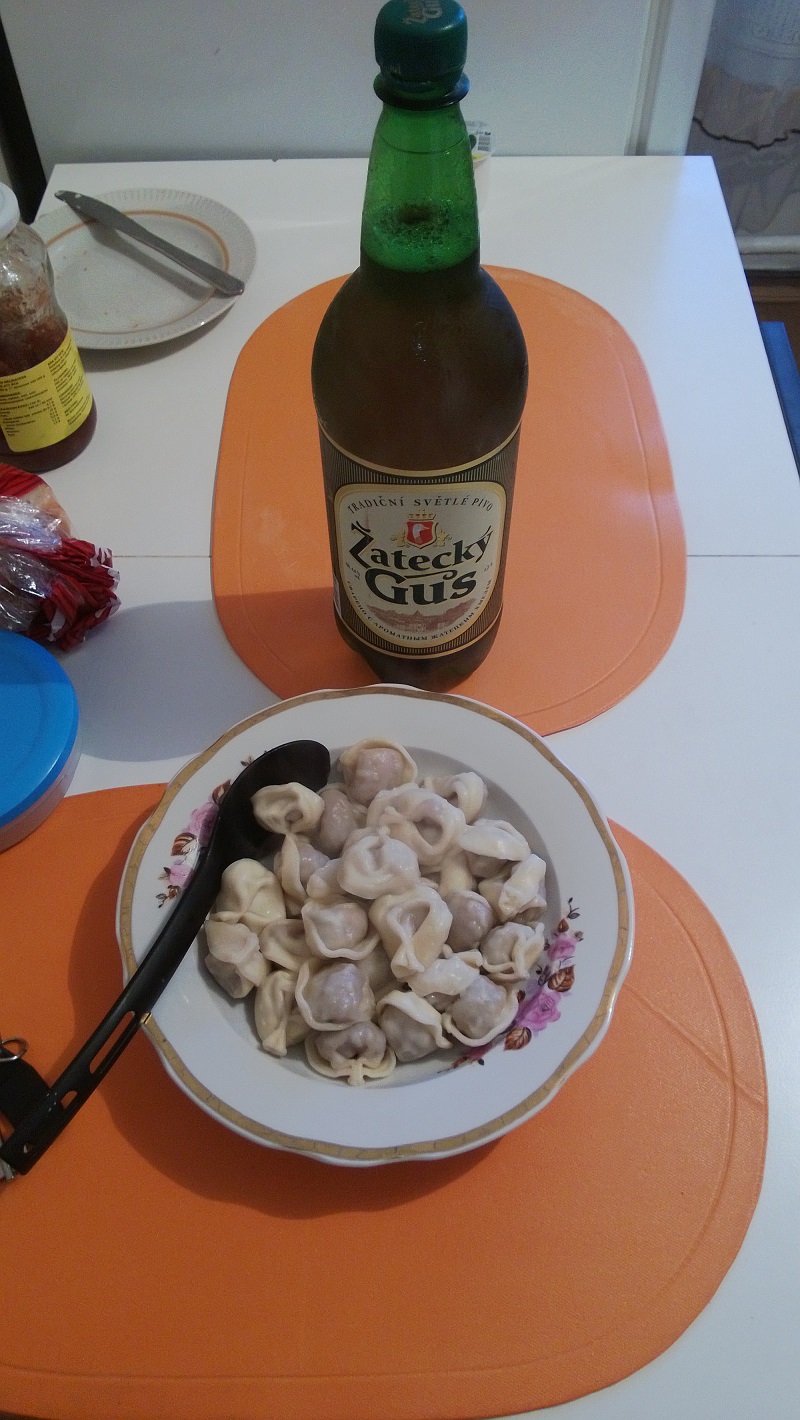
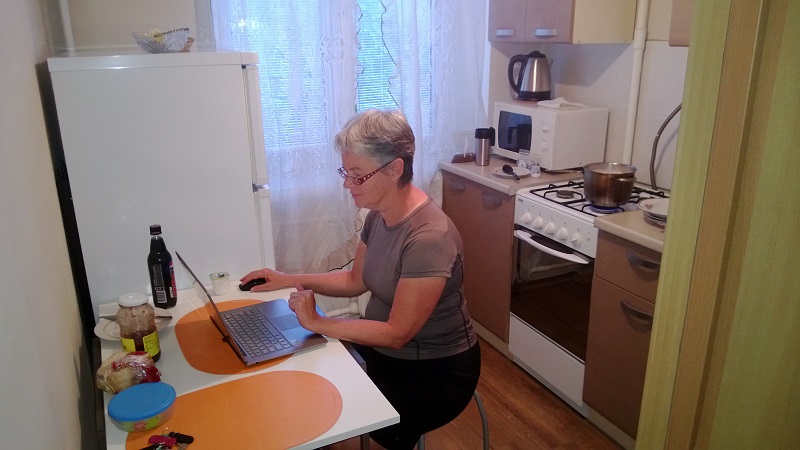
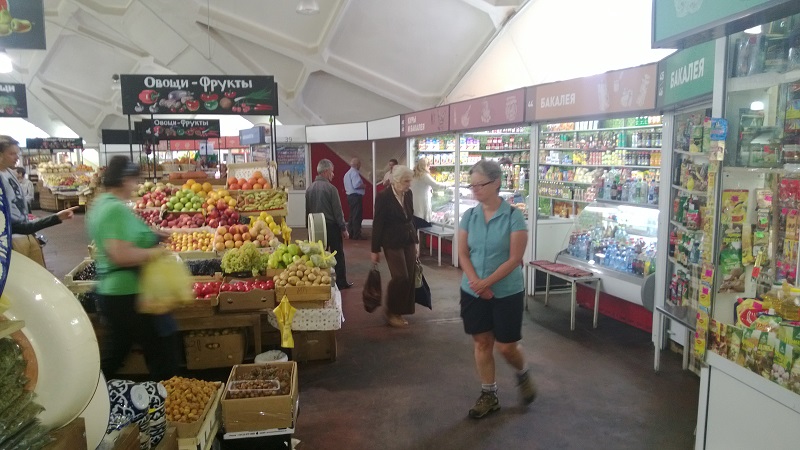
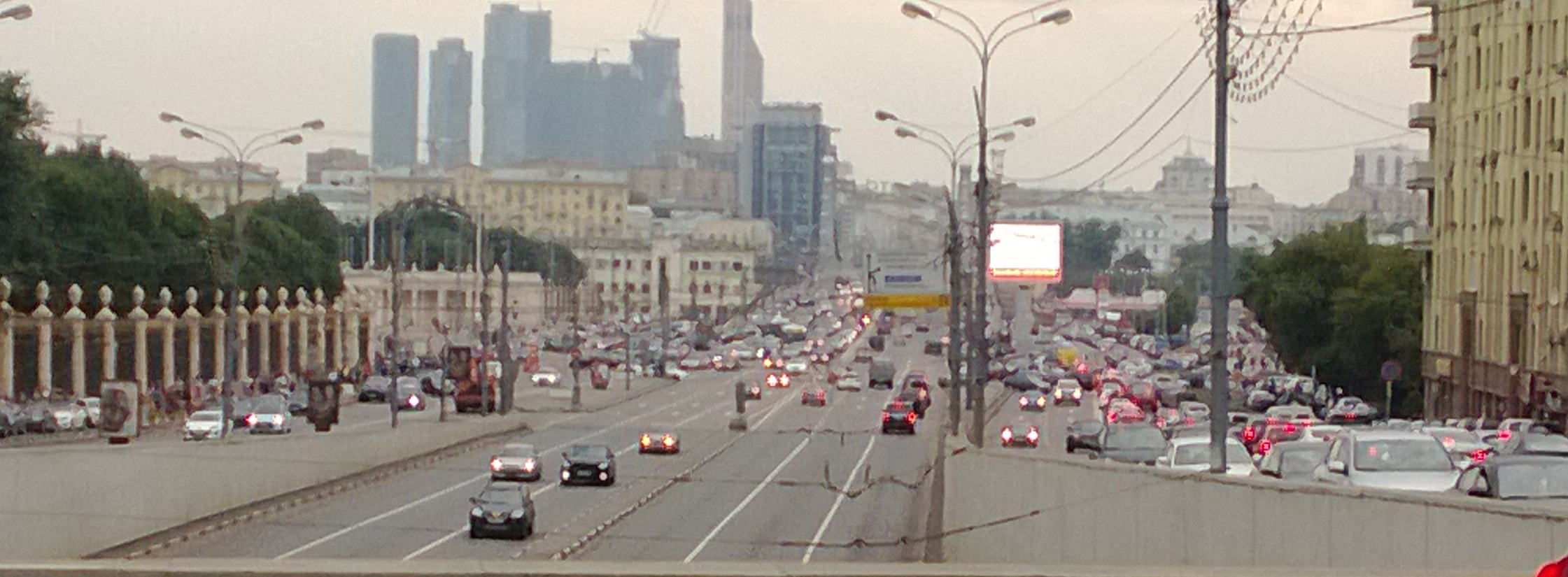
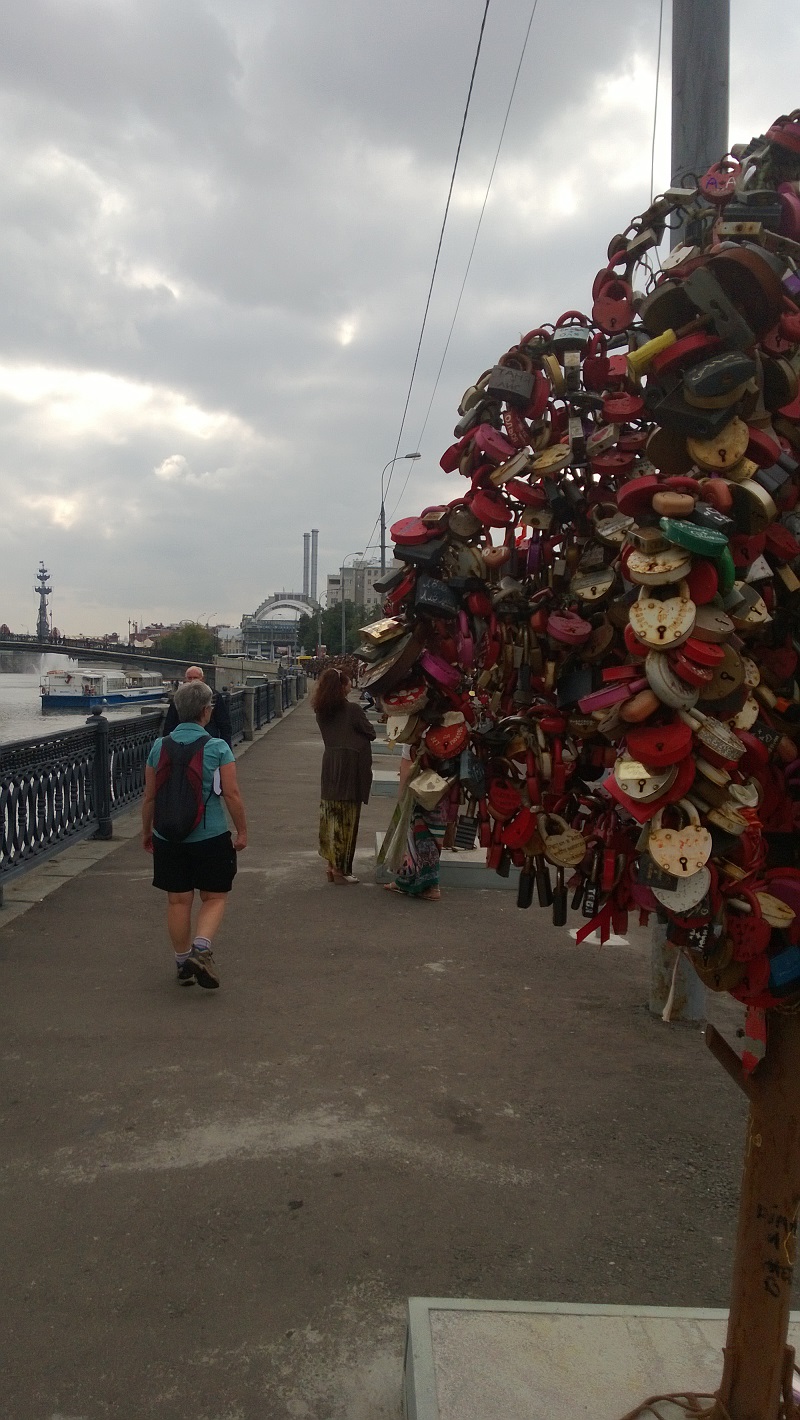

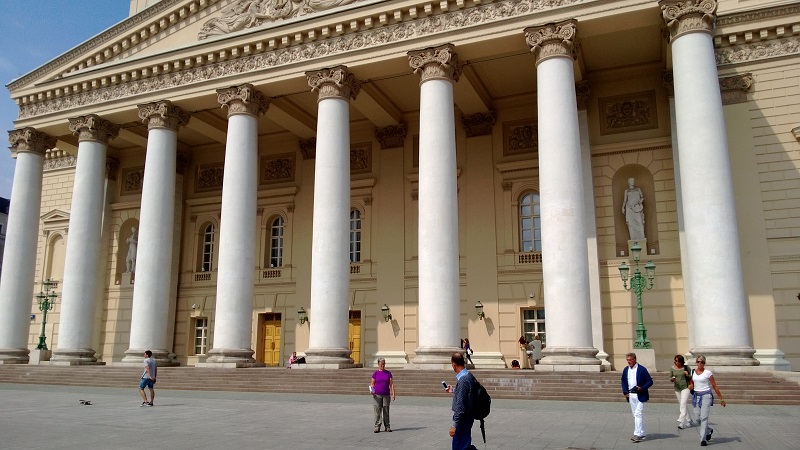


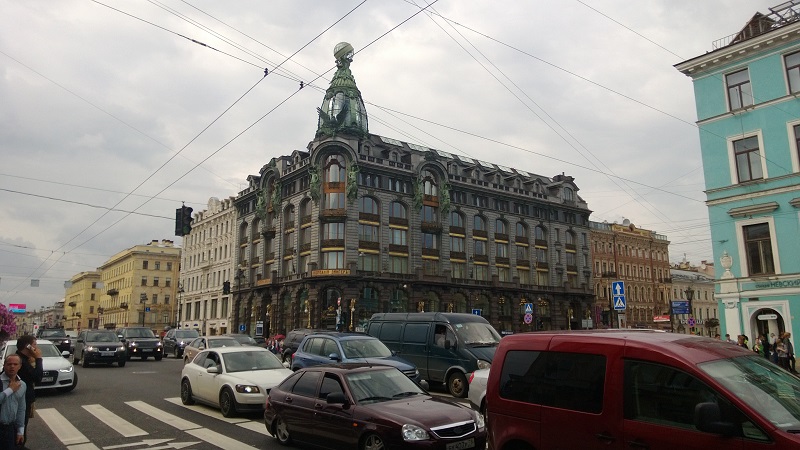



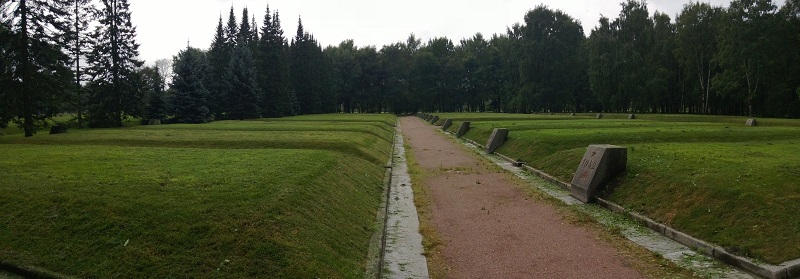


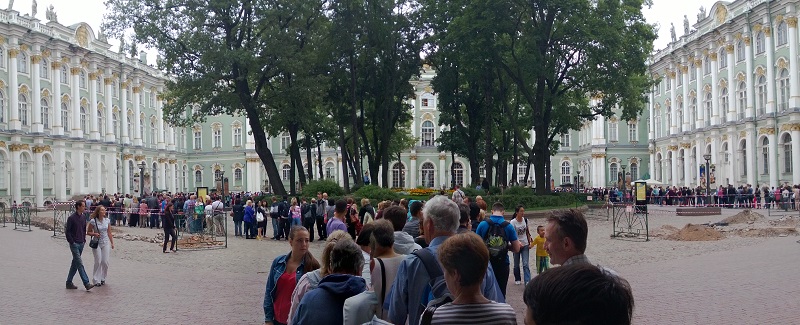
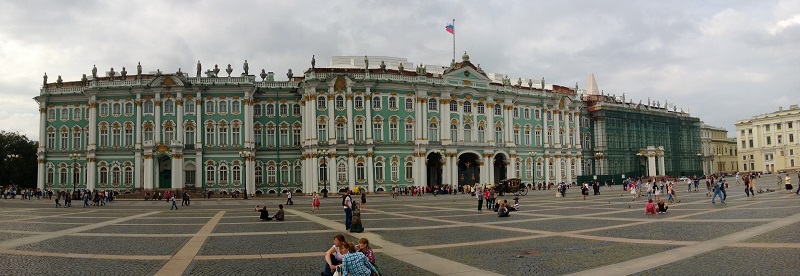
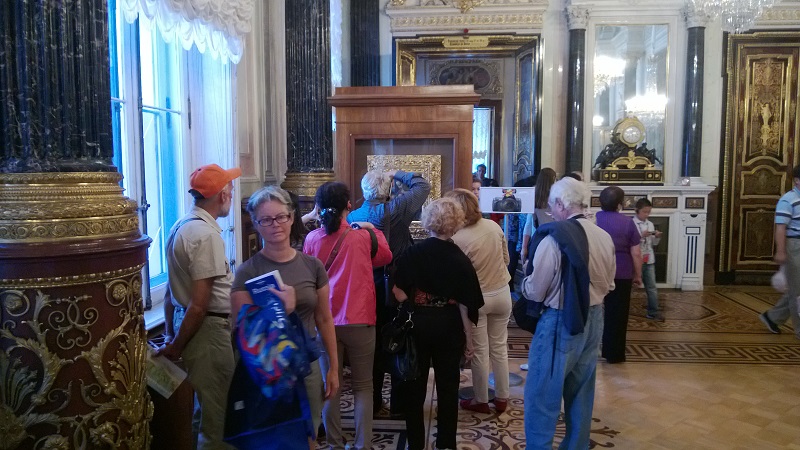

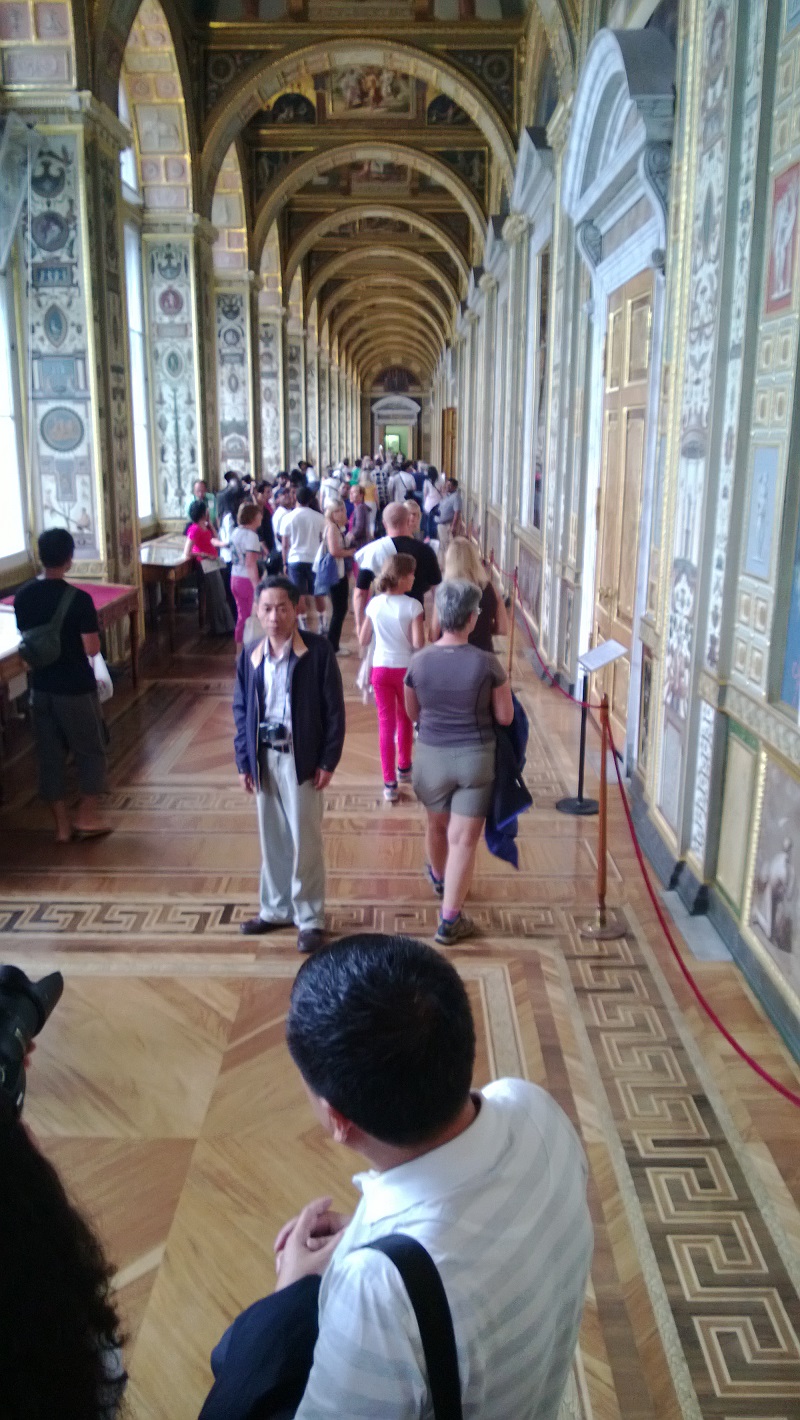
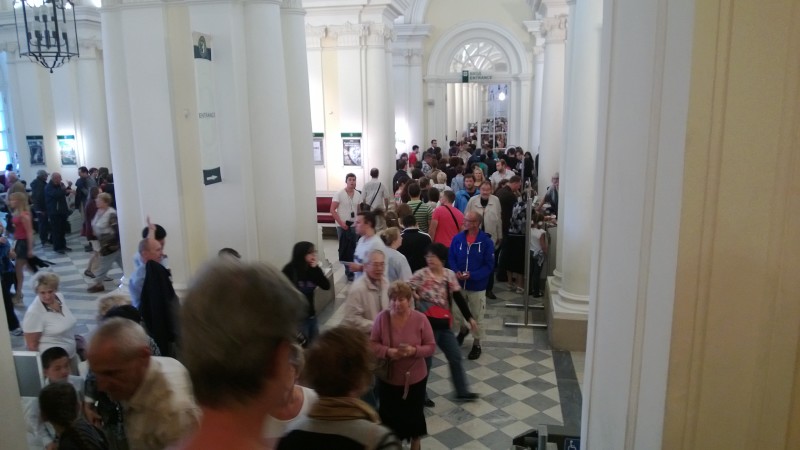


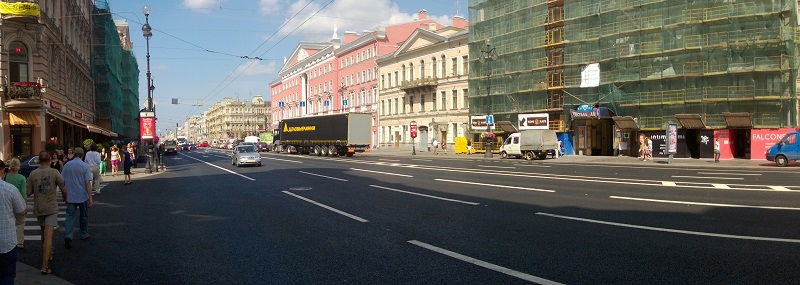
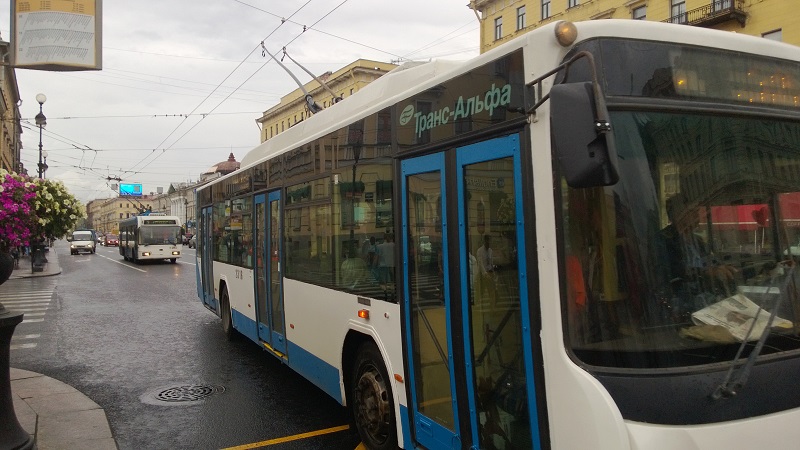


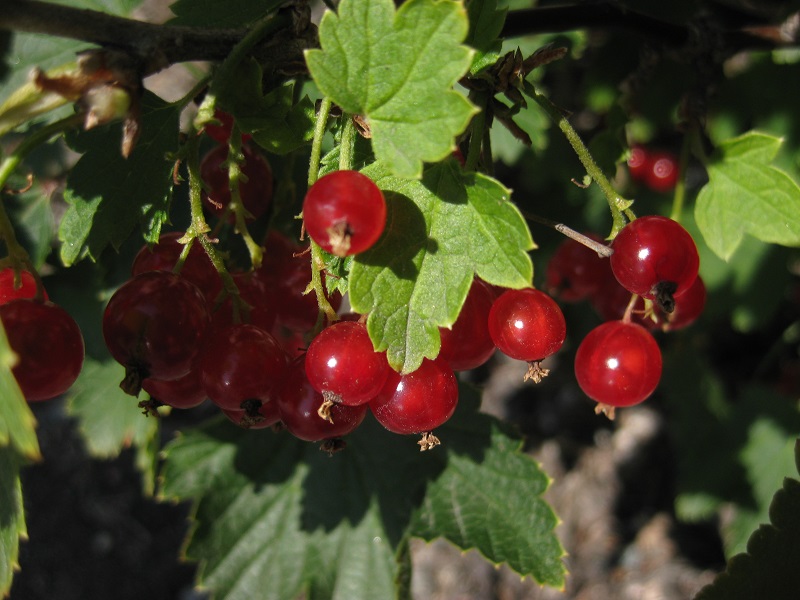
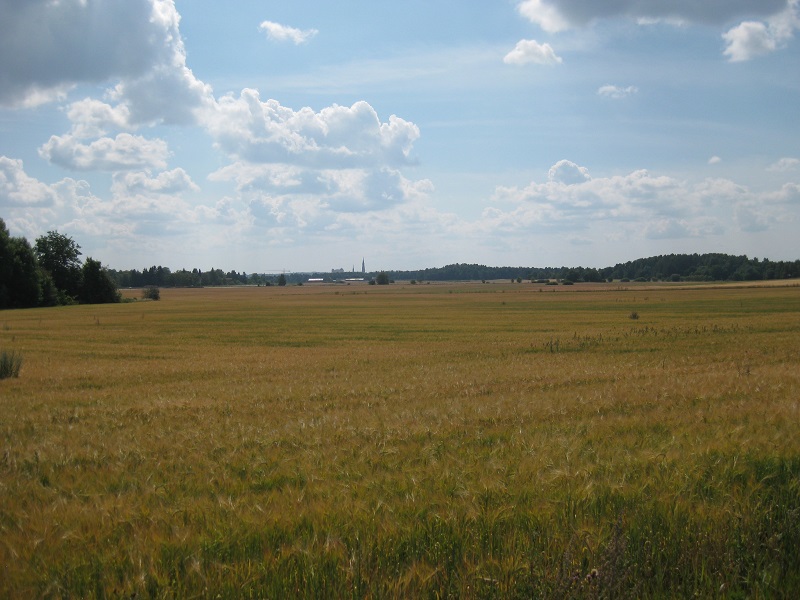
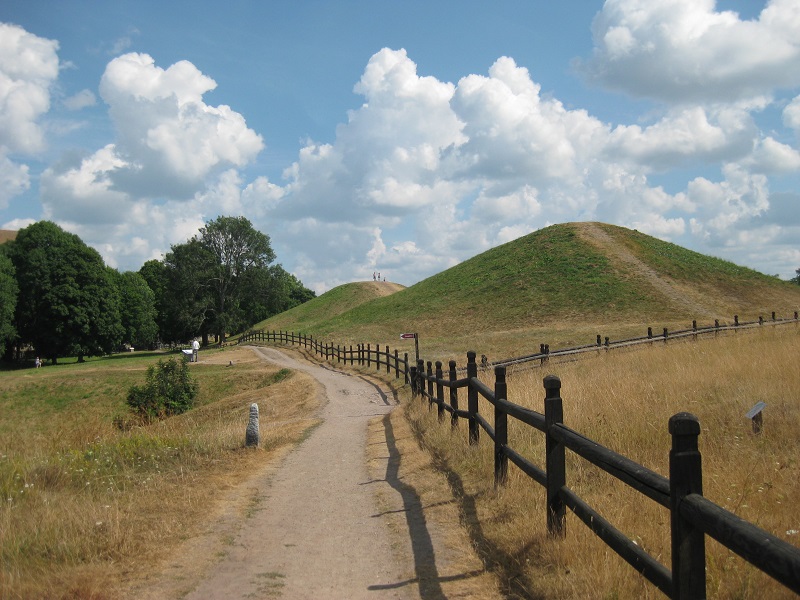
 Leaving Helsinki on a sunny afternoon the Ferry weaving its way through the islands
Leaving Helsinki on a sunny afternoon the Ferry weaving its way through the islands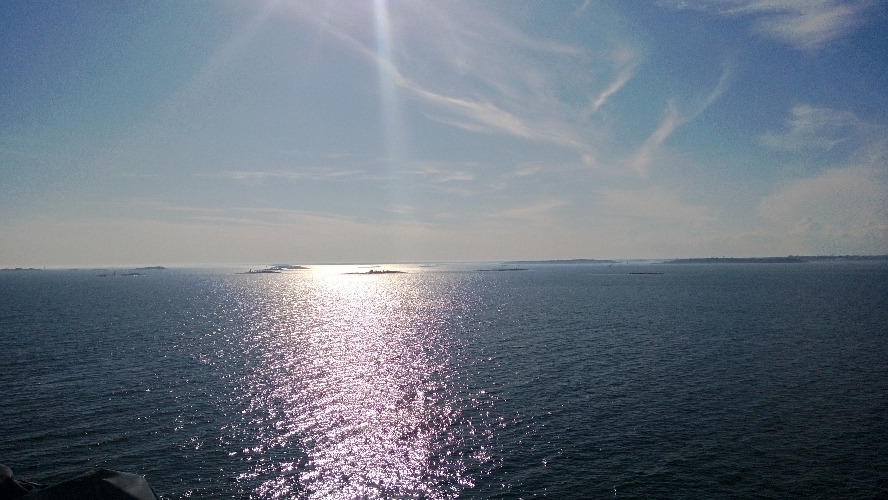
 leaving Mariehamn in the Aland Islands at around 4am in fog
leaving Mariehamn in the Aland Islands at around 4am in fog